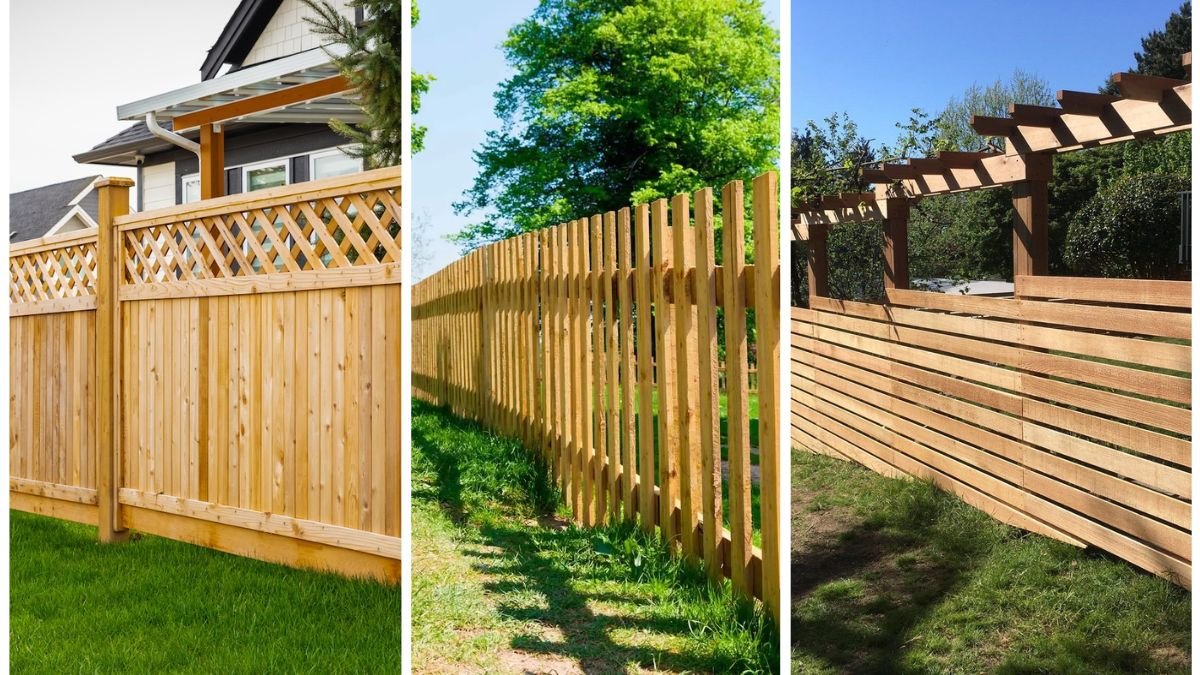Garden fences are an essential part of every property. They mark boundaries, provide privacy, protect gardens from pets and wildlife, and enhance the aesthetic appeal of your outdoor space. However, when fences sit on or near shared property lines, disagreements between neighbors can easily arise. Disputes over fence location, height, style, or maintenance can create tension and even escalate to legal battles if not handled carefully.
Resolving garden fence disputes peacefully requires a mix of communication, legal awareness, and practical problem-solving. This article explores strategies, tips, and step-by-step approaches to prevent conflict and maintain good neighborly relations.
Understanding the Causes of Fence Disputes
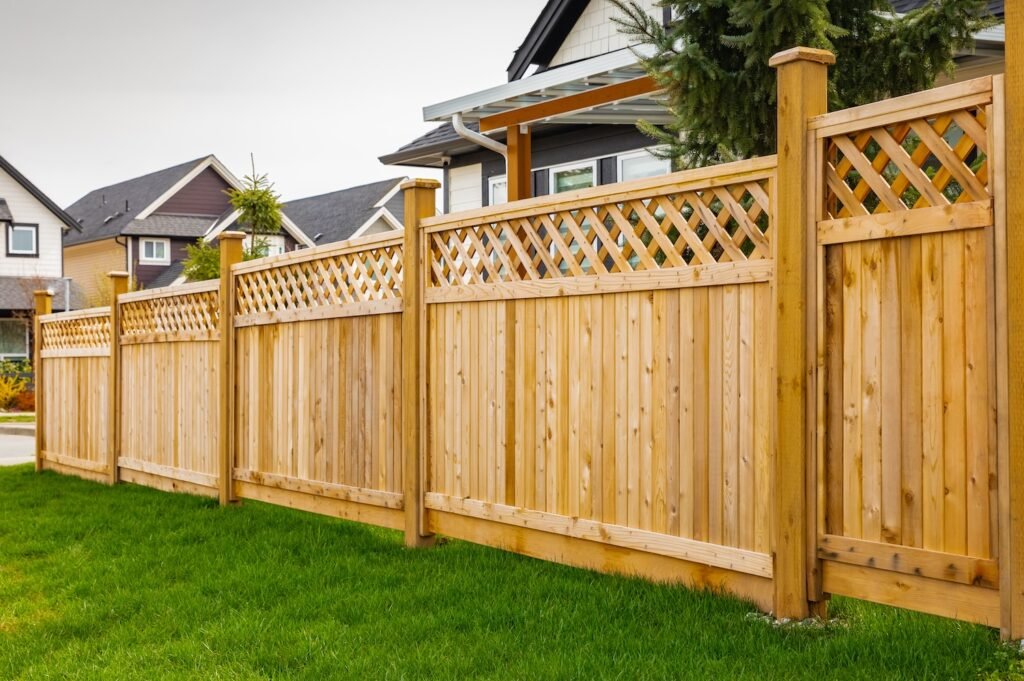
Before addressing the problem, it’s important to identify why fence disputes occur. Common causes include:
- Property Line Uncertainty – Many disagreements start because neighbors are unsure exactly where the boundary lies.
- Fence Height and Style – Differences in opinion about how tall or visually intrusive a fence should be.
- Maintenance Responsibilities – Disputes over who pays for repairs, painting, or replacement.
- Encroachment – One neighbor building or planting too close to the fence or onto the other’s property.
- Local Regulations – Misunderstandings about building codes or municipal rules.
Understanding the root cause helps in selecting the most appropriate approach to resolution.
Step 1: Communicate Early and Calmly
The first step in resolving any fence dispute is open communication. Most conflicts escalate because issues are ignored or addressed angrily.
Tips for Effective Communication:
- Approach with Empathy: Begin discussions politely, acknowledging your neighbor’s perspective.
- Use “I” Statements: Say “I’m concerned about the fence leaning onto my property” instead of “You are encroaching on my land.”
- Stay Calm: Avoid confrontational language, as hostility can make disputes worse.
- Schedule a Meeting: Discuss issues in person rather than through notes or social media.
Benefits: Early and calm communication often resolves misunderstandings before they become major conflicts.
Step 2: Determine the Exact Property Boundary
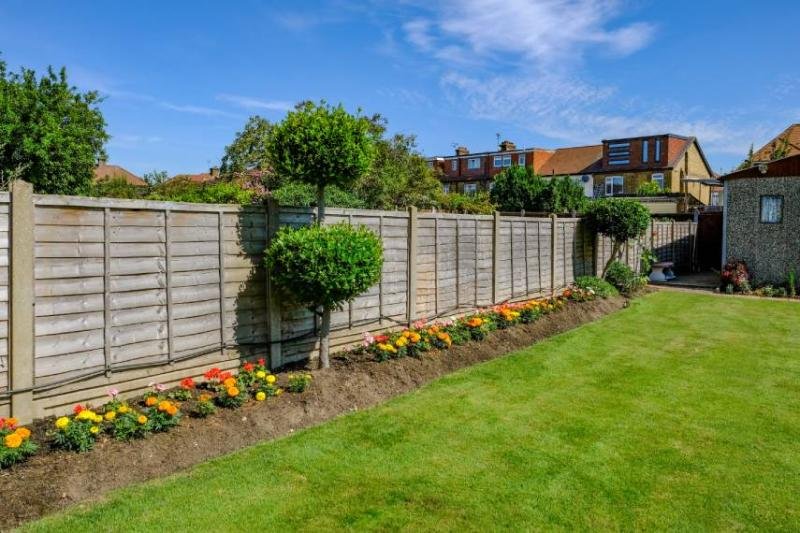
Fence disputes often stem from uncertainty about the legal boundary line. Knowing the exact property line can clarify responsibilities and prevent encroachment.
How to Determine Boundaries:
- Check Your Deed – Property deeds often include measurements and boundary markers.
- Review Survey Records – Land surveys provide accurate boundary locations.
- Hire a Professional Surveyor – If necessary, a licensed surveyor can place markers and provide a legal report.
Tip: Present survey results to your neighbor as a neutral reference point for discussion.
Step 3: Understand Local Laws and Regulations
Municipalities often have specific regulations regarding fence height, materials, and placement. Being informed helps avoid legal problems and strengthens your position in negotiations.
Important Considerations:
- Maximum and minimum fence heights
- Approved materials and design requirements
- Required permits for new fences or major repairs
- Setback rules from property lines
Tip: Provide your neighbor with a copy of relevant regulations to clarify what is legally permissible.
Step 4: Explore Collaborative Solutions
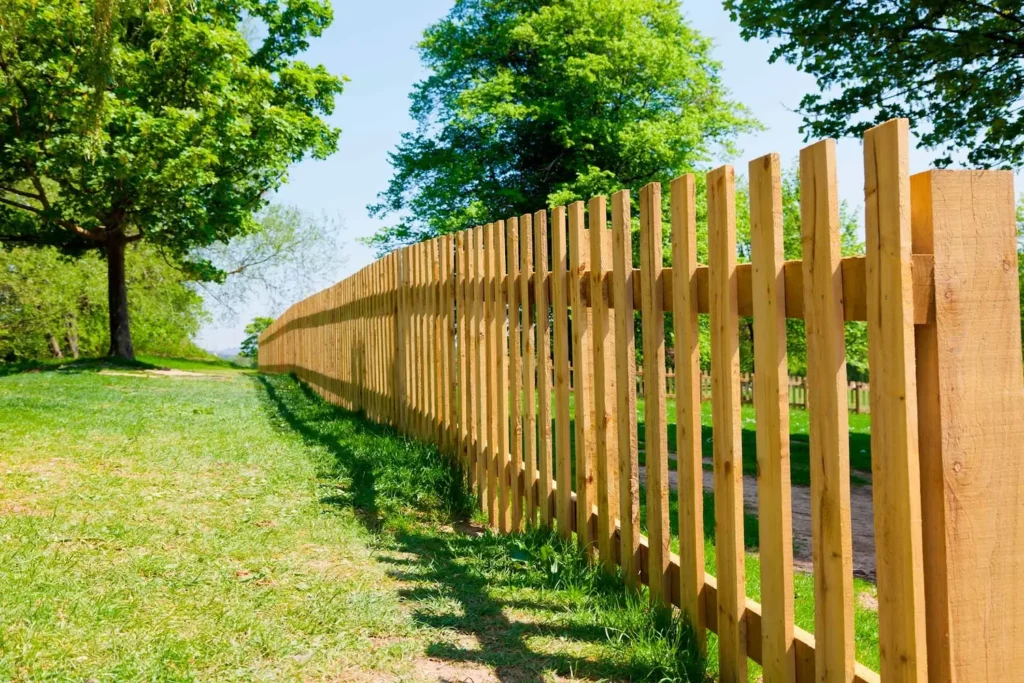
Instead of focusing on “my side” versus “your side,” aim for solutions that benefit both parties.
Collaborative Strategies:
- Shared Costs – Agree to split the cost of fence repairs, replacement, or upgrades.
- Joint Fence Projects – Build or repair fences together to save money and ensure fairness.
- Compromise on Style – Negotiate height, materials, or color to meet both neighbors’ needs.
- Neutral Mediation – If discussions stall, involve a neutral third party, such as a community mediator, to help negotiate a fair outcome.
Benefits: Collaboration fosters goodwill and reduces the likelihood of future disputes.
Step 5: Document Agreements
Once you reach a decision, document it in writing. Clear agreements prevent misunderstandings and provide a reference in case of future disagreements.
What to Include:
- Who is responsible for installation or repairs
- Cost-sharing arrangements
- Maintenance responsibilities
- Timeline for completion
- Signatures of both parties
Tip: A written agreement is not only practical but may also be legally binding if drafted carefully.
Step 6: Address Disputes Professionally
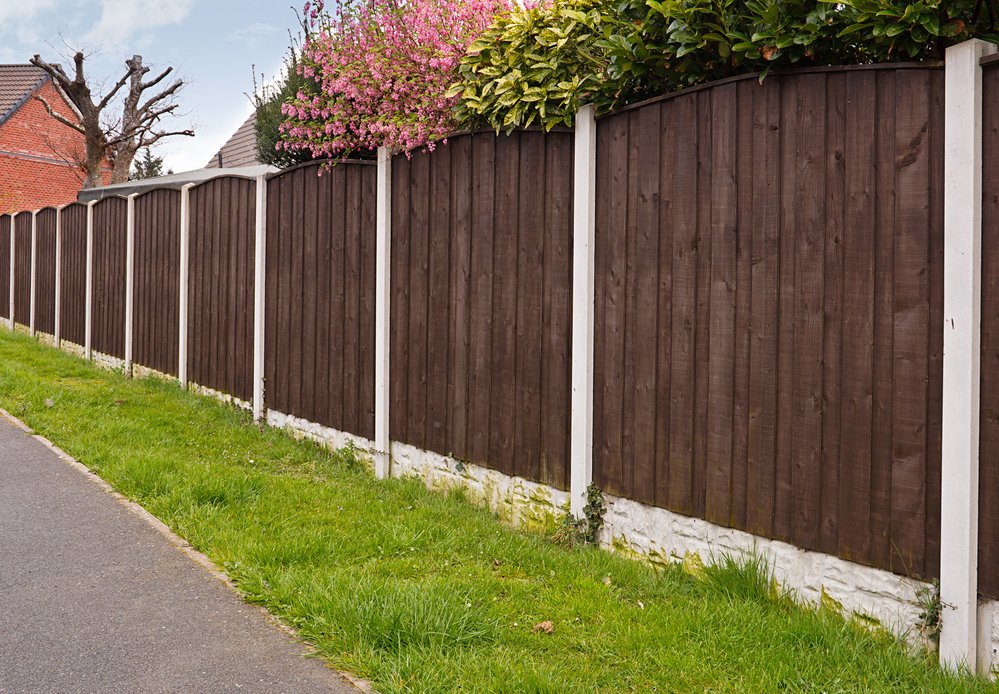
If conflicts persist, it’s important to handle disputes professionally rather than emotionally.
Options for Professional Resolution:
- Mediation Services – Local mediation programs help neighbors reach fair agreements without going to court.
- Legal Advice – Consult a property lawyer for guidance on rights and obligations.
- Arbitration – Some disputes can be resolved through a binding third-party decision.
- Small Claims Court – For cost disputes or property damage claims.
Tip: Courts are often costly and time-consuming; exhausting amicable options first is always better.
Step 7: Prevent Future Fence Conflicts
Preventing disputes is easier than resolving them. Consider these proactive measures:
- Plan Together Before Installing a Fence – Discuss design, height, and materials before building.
- Regular Maintenance – Keep the fence in good condition to avoid blame for neglect.
- Install Clear Markers – Mark property lines clearly to prevent accidental encroachment.
- Respect Boundaries – Avoid planting trees or structures that could interfere with a neighbor’s fence.
- Stay Informed About Regulations – Municipal rules can change; stay updated to avoid violations.
Benefits: Proactive planning maintains harmony and prevents costly disputes.
Case Studies and Examples

Example 1: Height Dispute
A neighbor installed a 7-foot fence, exceeding the municipal 6-foot limit. Open discussion revealed a lack of awareness of local rules. By reviewing regulations and agreeing to trim the fence to 6 feet, both parties resolved the dispute amicably.
Example 2: Cost Sharing
Two neighbors had a shared deteriorating fence. Instead of unilateral action, they hired a contractor together and split costs. The joint project strengthened their relationship and resulted in a more durable, attractive fence.
Example 3: Mediation Success
A property owner wanted to replace an old fence, but the neighbor disagreed on the material. A community mediator facilitated negotiations, resulting in a compromise using composite material that satisfied both parties.
Conclusion
Garden fence disputes are common but resolvable with patience, clear communication, and a structured approach. The key steps include:
- Communicating calmly and early
- Determining the exact property boundary
- Understanding local laws and regulations
- Collaborating on shared solutions
- Documenting agreements in writing
- Using professional mediation or legal avenues when necessary
- Implementing proactive measures to prevent future conflicts
A peaceful resolution prioritizes mutual respect, compromise, and cooperation, allowing both neighbors to enjoy their gardens and property boundaries without tension. Fences, when handled thoughtfully, can become symbols of harmony rather than conflict.
By following these strategies, homeowners can ensure that garden fences protect property and relationships alike, making your outdoor spaces both secure and enjoyable for years to come.
